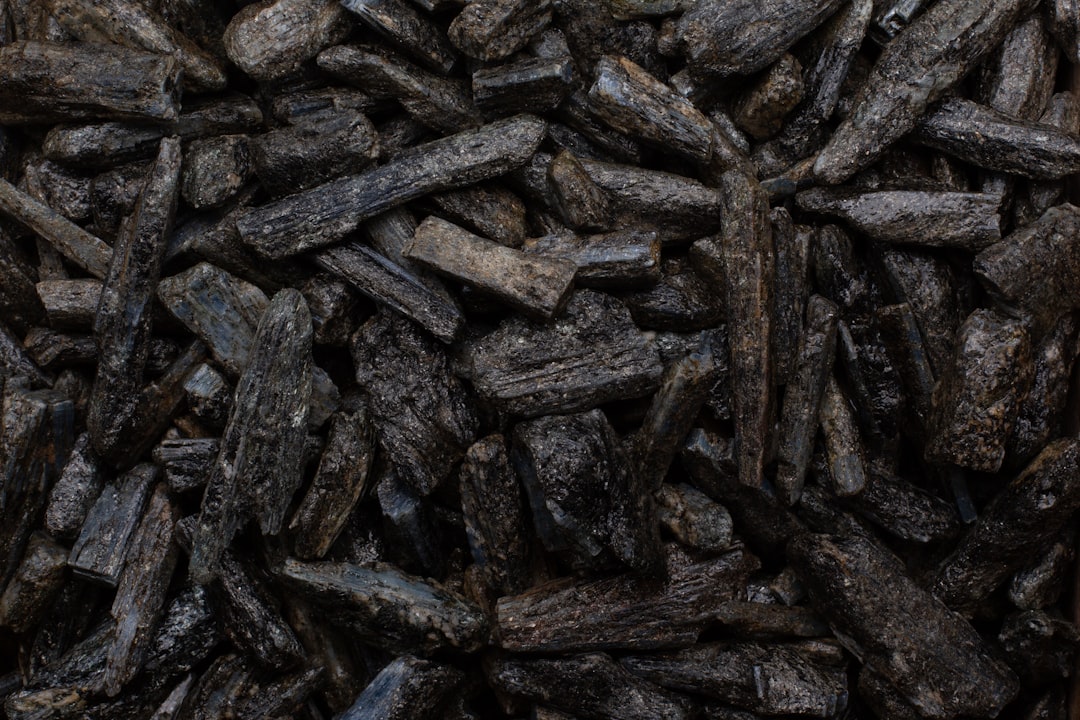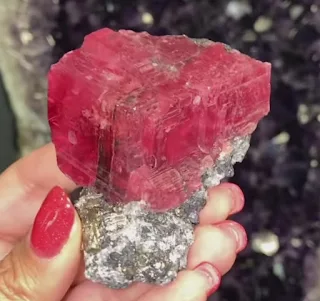Kyanite Information
Kyanite is a mineral that is typically blue in color and is used as a gemstone, although it can also be found in other colors such as green, orange, and black. Kyanite has a unique and interesting crystal structure that is highly valued in the gemstone industry.
Physical Properties
- Color: Blue, Green, Orange, Black
- Hardness: 4.5-7.0
- Luster: Vitreous to pearly
- Streak: White
- Transparency: Transparent to translucent
- Cleavage: Perfect, parallel to the length of the crystal
- Fracture: Splintery to fibrous
- Specific Gravity: 3.53-3.65
Optical Properties
- Refractive Index: 1.712-1.734
- Birefringence: 0.018-0.029
- Optic Character: Biaxial negative
- Pleochroism: Strong
Localities
- United States: North Carolina, Connecticut, Georgia, Montana, Virginia, Wyoming
- Brazil
- Switzerland
- Austria
- Myanmar
- Kenya
- India
- Australia
Ranking in Rarity
Kyanite is considered a rare gemstone, with the most prized specimens being those that are blue in color and have a high degree of transparency. Other colors of kyanite, such as green and orange, are less common but can still be considered rare depending on the quality of the specimen.
Uses
Kyanite is primarily used as a gemstone, but it also has a number of industrial applications due to its unique physical and chemical properties. Some of the most common uses for kyanite include:
- Heat-resistant ceramics and refractory materials
- High-temperature electrical insulators
- Raw material for porcelain and other ceramics
- High-strength abrasives
Healing Properties
Kyanite is believed to have a number of healing properties, both physical and emotional. Some of the most commonly attributed healing properties of kyanite include:
- Helps to balance the chakras and promote overall well-being
- Reduces stress and anxiety
- Improves communication and self-expression
- Helps to alleviate physical pain and inflammation
Where to Buy
Kyanite can be purchased from a variety of sources, including gemstone dealers, jewelry stores, and online retailers. Some popular online retailers that sell kyanite include:
1. Etsy
2. Gem Rock Auction
Favorite Color
The most popular color of kyanite is blue, followed by green and orange. Black kyanite is also highly prized for its unique appearance and properties.
Images of Kyanite





